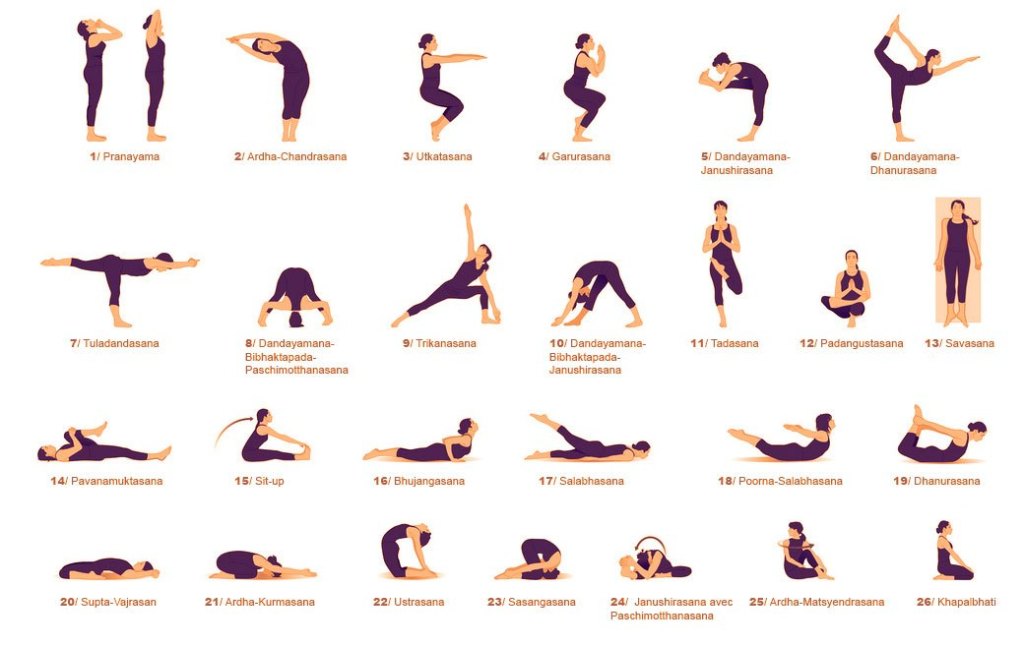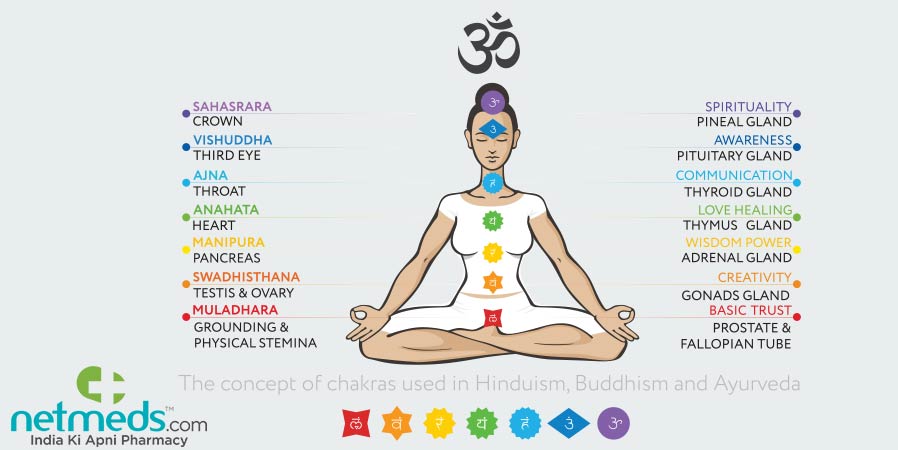Jayanti Krishnan
With the renewed focus on Yoga in India (thanks to its world wide global adoption), there is a large level of interest and acceptance for healthier, aligned and harmonious body and mind. While adopting a healthier lifestyle, specifically post pandemic, Yoga is shaping up as the most preferred form of exercise as it is a holistic workout that can be done by people across all age groups and what’s more, from the comfort of our homes.
However as the popularity of Yoga increases, we see many forms and types of Yoga, which can be intimidating for many to decide which form of Yoga to adopt, especially if you have a specific goal in mind.
Here’s a quick guide to assist you to do that:

Hatha Yoga – Beginners who are looking for simple, slow and meditative yoga can practice this. It is the foundation for all yoga styles and combines asana, pranayama, and meditation. Hatha yoga comprises many physical postures and positions that balance the body and mind thereby healing our system.

Ashtanga Yoga – Derived from Sage Patanjali’s sutra, this form focuses on stress relief, back pain and fat loss. This ancient yoga focuses on the eight limbs of yoga. The first four limbs concentrate on external cleansing and the other four concentrate on internal cleansing. There are three different “series” of specific poses taught in Ashtanga. These are the primary series, intermediate series, and advanced series.

Vinyasa Yoga – This modern yoga, also called as Power Yoga, incorporates movement and breathing techniques thereby burning calories. It creates a flow of postures with controlled breathing replicating the flow of life. It requires a change in breathing patterns while flowing from one pose to the next. In practicing Vinyasa, our muscles continually stretch and strengthen.

Bikram Yoga – This is also a modern type of yoga derived from traditional hatha yoga techniques and is often also referred to as ‘hot yoga‘ since it is practiced in an ambient temperature of 35-40 °C. It comprises of 26 standard poses which are specifically designed to warm and stretch every muscle, ligament, and tendon in the body. It completely detoxifies our body.

Iyengar Yoga – B. K. S. Iyengar developed this meticulous type of yoga. This practice is all about balancing flexibility and strength through proper body alignment. This is quite similar to Vinyasa yoga and uses props such as yoga blocks and belts to perfect poses, often resulting in a boost in flexibility and inner core strength by aligning to a particular position.

Aerial Yoga – It helps to build toned and lean muscles. As opposed to traditional yoga, aerial yoga also incorporates other exercises – all while defying gravity. It has the goodness of yoga and cardio exercises like swimming or running. In this particular yoga, a rope suspends our body in the air, and poses are introduced thereafter.

Kundalini Yoga – This is a more spiritual practice, and the focus is on chanting, meditation, and breathing. It is also known as the ‘yoga of awareness‘. It is all about awakening your kundalini energy, or shakti, which is the primal energy thought to sit at the base of the spine. With this yoga, the active energy moves up the spine and contributes to your spiritual well-being. It is most suitable for stress, anxiety, depression and better cognitive function.
*All images used in this article are either Eyra’s own design or widely and freely available on the internet.*

